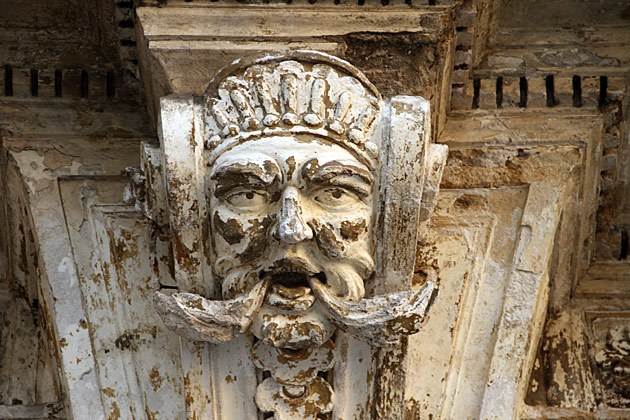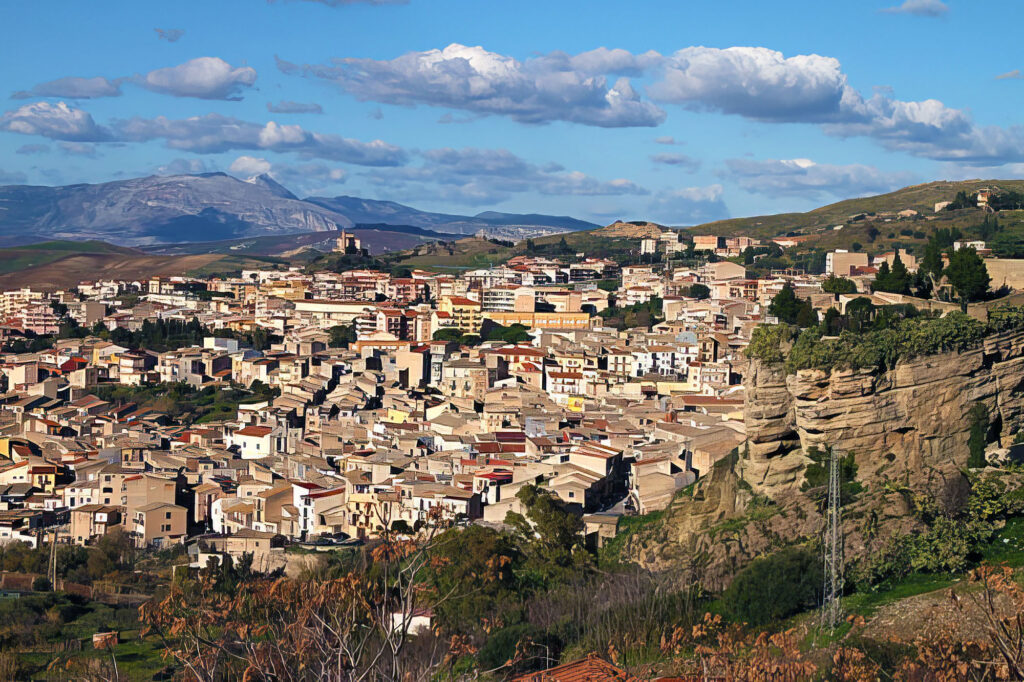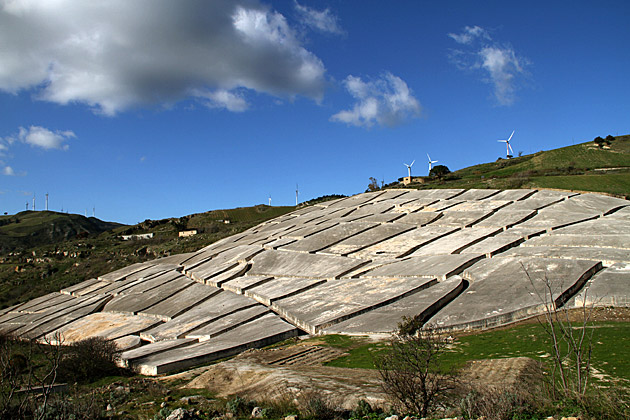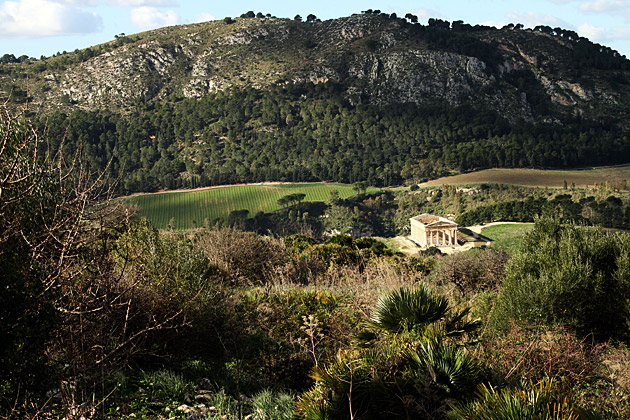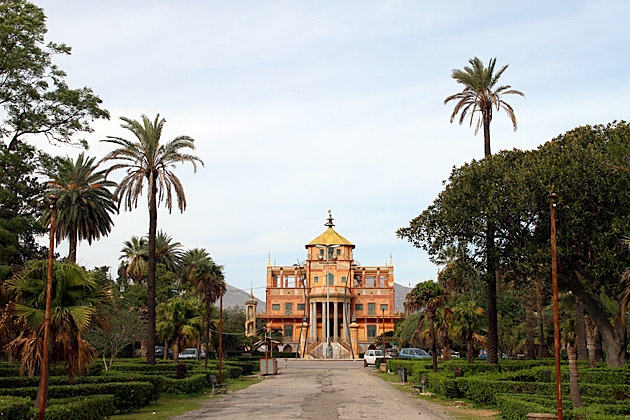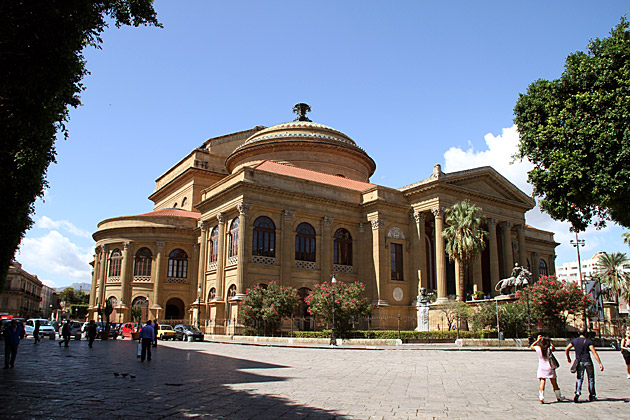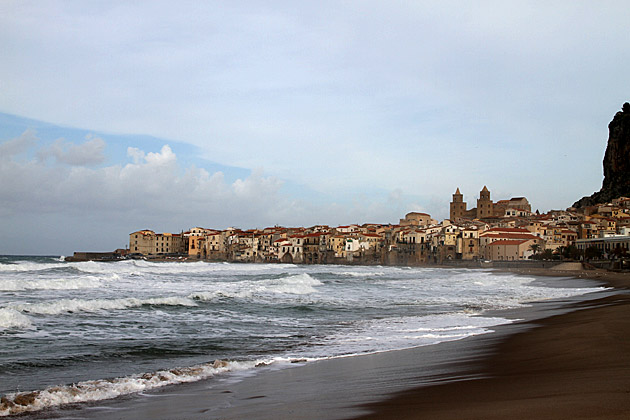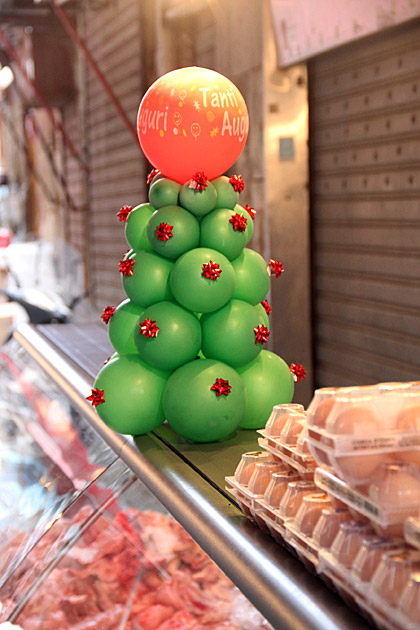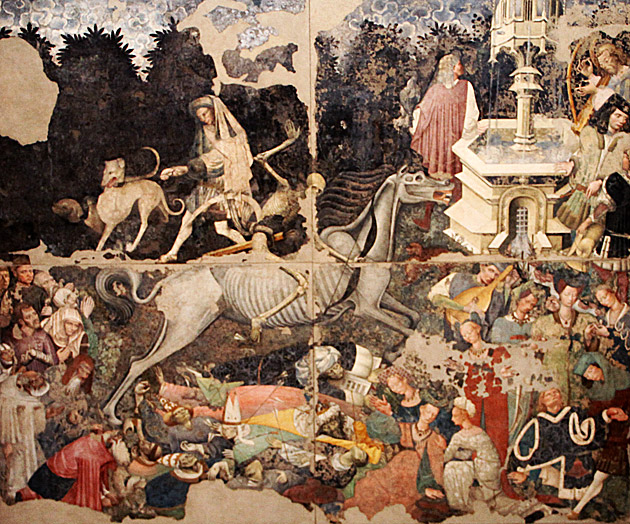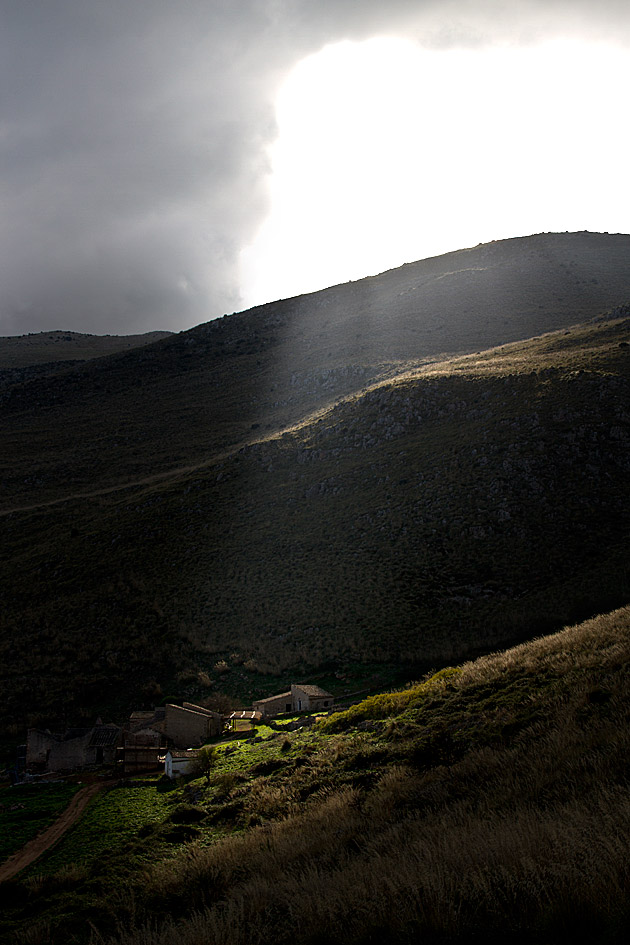A Look Back at 2011
Twelve months ago, we rang in 2011 at a wild party in Savannah, Georgia, a city which definitely knows how to let its hair down. As the clock struck midnight, I know I kissed Jürgen, and I faintly remember kissing a couple other people, too. We entered 2011 full of excitement -- it would be our first full year of travel, and we knew that a lot of incredible times were waiting for us. But, even so, I think we underestimated how much we were about to experience.
